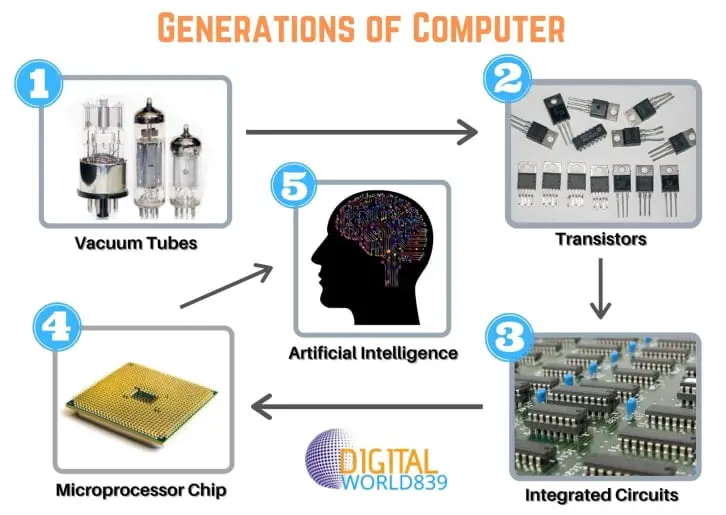
The history of computer technology is often used to refer to the origin of all the different generations of computers. From first to fifth each computer generation is characterized by significant technological development in their components, memory, and elements which essentially changed the way these devices work.
Several periods of generation from over the years advanced the technological evolution leads to the creation of today’s modern computer with more complex, more powerful, and increased capability and functionality.
ContentsThis development period of electronic computing technology is called Computer Generation. There are five generations of computers identified, although the sixth generation could be in development now in the early 21st century.
During the evolutionary timeline, each generation of computers has improved a lot by undergoing considerable changes in their size, type, and functionality.
By analyzing them, one can trace the evolution of computer technology, to see how the computer industry has changed over the years and how great capabilities and software progress has been made by humankind in under a hundred years, as a result, the creation of different generations.
At present, the computer is playing a significant part in human existence because today’s digital computer is being used for every work in each field. If someday an issue occurs in the computer or the server is down, at that point all the work stops. This is how significant it is for technology development!
In this article, I will introduce you to all the generations of computers with pictures by explaining the complete information about their characteristics, names, components, and examples too.

Let’s discover the series of computer generations in the following list:
This first generation of computers was based on vacuum tube technology used for calculations, storage, and control, invented in 1904 by John Ambrose Fleming. The vacuum tubes and diode valves were the chief components of the first generations of computers.
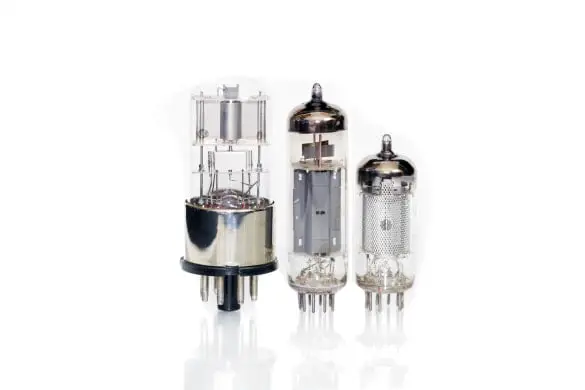
First-generation computers relied on the lowest-level machine language, in order to perform operations, and could only solve a single problem at a point of time.
Magnetic drums were used as the memory in these computers (were very slow in speed). The punched and magnetic tapes were used for the input and output function of the computer in order to display on prints even the results weren’t 100% accurate.

Also, the first generation of computers available was based on the 8-bit microprocessor.
The disadvantages of 1st gen computers are that they were very enormous in size and heavy in weight (made of thousands of vacuum tubes), occupying large rooms. Also, once they were kept in one place it was difficult to transfer. Another con like using a decimal number system and many switches and cables.
In addition, they were also very expensive to operate with using a large amount of electricity, the vacuum tubes produced large amounts of heat, so an air conditioner was required for the proper functioning unless a lot of heat can cause a malfunction.
The advantage of the first generation of computers is that they could calculate in milliseconds (about five thousand sums per second.)
The computers of first-generation were managed to use in different fields like weather forecasting, solving mathematical problems, energy tasks, also in space research, military, and other scientific tasks.
In the first generation of computers, the first computer of the world named “ENIAC” (Electronic Numerical Integrator and Computer) was discovered by John Mauchly and J. Presper Eckert in the year between 1943 to 1945.
ENIAC used panel-to-panel wiring and switches for programming, occupied more than 1,000 square feet, used about 18,000 vacuum tubes, and weighed 30 tons.
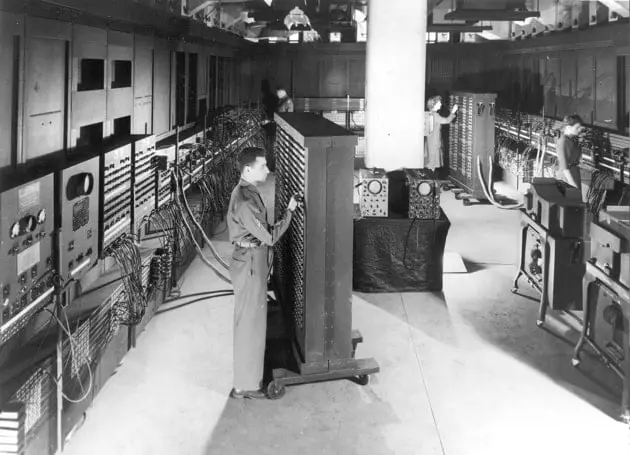
Examples of the first generation of computers are ENIAC (Electronic Numerical Integrator and Computer), UNIVAC (Universal Automatic Computer) EDSEC (Electronic Delay Storage Automatic Calculator), EDVAC (Electronic Discrete Variable Automatic Computer), (Electronic delay storage automatic calculator), IBM -701 and IBM 650.
ENIAC, the first general-purpose electronic digital computer. This computer about 18,000 vacuum tubes used for the calculation result in huge in size, occupied more than 1,000 square feet, and weighed 30 tons. These were the harbingers of today’s digital computers. This first computing machine was designed by people J. P. Eckert, W. Mosley, J. W. Mauchly.
The second generation of computers replaced the vacuum tubes with a reliable component called transistors for manufacturing of computers was invented by William Shockley in 1947.
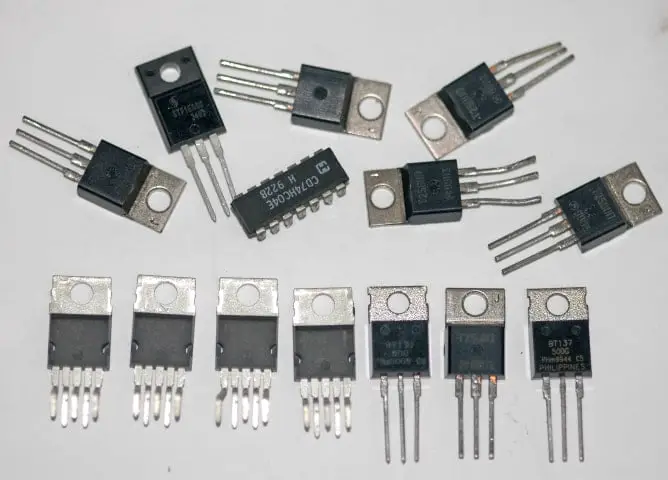
The transistors were the revolution in the computer field because this component advantaged the 2nd gen computer by increasing the performance, operating speed (hundreds of thousands of operations per second), as well as decreasing the electricity consumption of the computers.
Transistors were far superior to the vacuum tube, allowing computers to get faster, cheaper, more energy-efficient made and possible to reduce the size of computing equipment and ultimately heat reduced and reliability improved.
Computers of second-generation are characterized by the use of the first high-level programming languages, allowing programmers to specify instructions in words. At this time, early versions of COBOL, ALGOL, SNOBOL, and FORTRAN languages were developed.
These were the first computers to store their instructions in their memory, which went from a magnetic drum to magnetic core technology. During this period, the first computer game name “Spacewar” was seen on a PDP-1 computer.
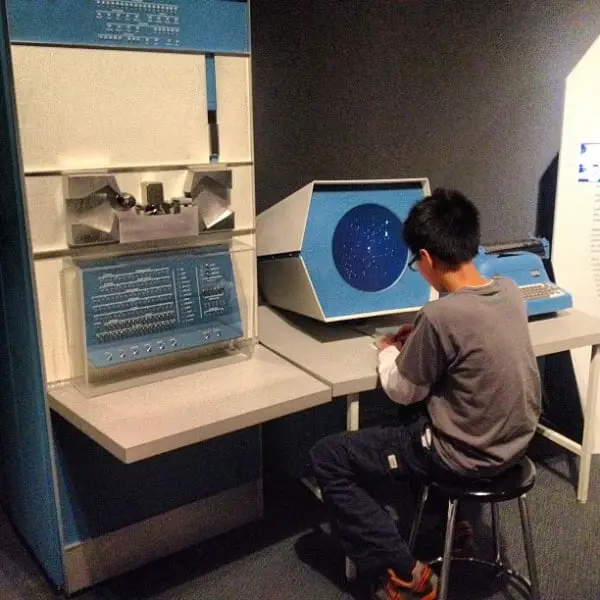
Do you know~ that the oldest abacus was a computing machine designed to calculate thousands of years ago, which is still used in schools today to do calculations.
Also, the concept of Central Processing Unit (CPU), multi-programming operating systems, programming language, memory, and input and output units (I / O units) were developed in the timeline of second-generation computers.
The major disadvantages of Second-generation computers were they still relied on punch cards for input and hard copies for output as well as still it was difficult to move the computers for the reason they were enough large and even some computers needed ACs.
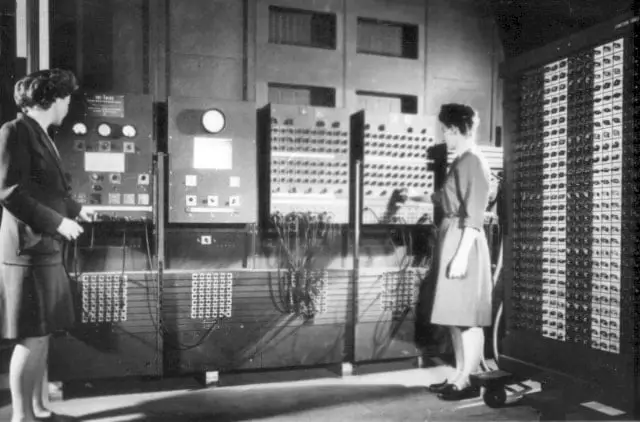
This second generation of computers was first used in the fields like the atomic energy industry and nuclear power plants and other commercial fields.
Examples of the second generation of computers include IBM 1620, CDC 1604, IBM 7094, UNIVAC 1108, IBM 620, CDC 3600, IBM 4044, Honeywell 400, IBM 1401 Mainframe, and PDP-1 minicomputer. IBM was actively working, producing transistor versions of its computers.
The third generation appeared in the form of integrated circuits (invented by Jack Kilby from 1958 to 1964). An IC (integrated circuit) is consists of many small transistors mounted on chips, which are called semiconductors.
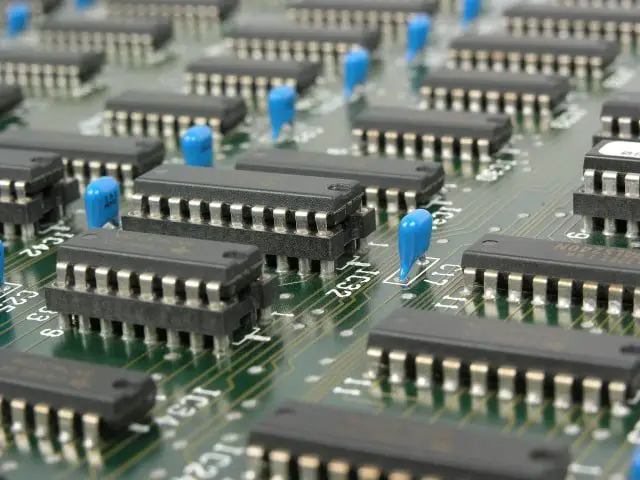
This synchronized chip became an important foundation for the third generation computers when scientists combined hundreds of transistors fit in this circuit result in a more powerful electronic segment called an integrated circuit.
Multiprogramming was implemented (this is when there are several executable programs in memory) at the same time that it diminished their manufacturing costs. In the mid-60s. IBM improved the term “computer architecture”. By the end of the 60s. mini-computers appeared.
This revolutionary innovation allowed to expansion of the processing capacity and memory of the machines.
Instead of punch cards and prints, users interacted via keyboards and monitors, and interacted with an operating system, allowing the device to run various applications at once with a central program that monitored the memory.
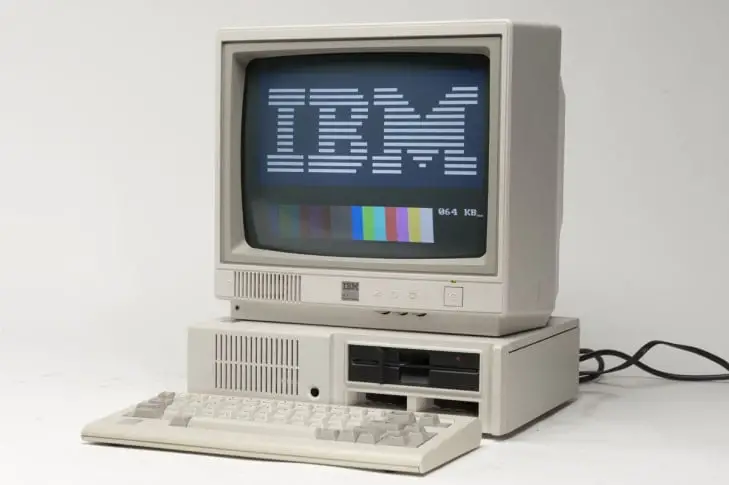
As you can see, the first appearance of computer monitors fell on the second generation of computers. The invention belongs to the company IBM, which in 1964 released the commercial display station IBM-2250.
it was used in the system/360 series. The model had a vector monochrome display measuring 12×12 inches, with a resolution of 1024×1024 pixels and a refresh rate of 40 Hz. This invention revolutionized today’s different types of monitors including LCD, LED, OLED monitors.
The invention of IC incredibly decreased the size of computers and made it easy for transportation from one place to another. The working speed and efficiency of this generation of computers were much faster than the previous generation and even cheaper.
High-end languages such as PASCAL, BASIC, FORTRAN – II TO IV, COBOL, ALGOL developed in this generation.
For the first time, they got access to a mass audience allowed computers to penetrate into different spheres of human activity since they were smaller and cheaper. Along these, they turned out to be more specialized (i.e., there were different computers for different tasks).
The 3rd generation of computers was the initial move towards the miniaturization of computers and quickly expanded their scope: control, automation of scientific experiments, data transmission, etc. In addition to being used in the manufacture of radios, TVs, and other similar devices.
Some of the most popular models of the 3rd generation of computers were the ICL 2903, ICL 1900, TDC-B16, IBM 360 and 370, Honeywell 6000, UNIVAC 1108, PDP-8, and PDP-11, which were ideal in their handling multiprocessing capabilities, reliability, and flexibility than previous generations.
The microprocessor brought the fourth generation of computers, as thousands of integrated circuits equivalent to about millions of transistors were assembled and brought the whole central processing unit and other fundamental elements of the machine into a small chip called a microprocessor fitted on the CPU socket.

These computers used Very Large Scale Integrated circuits technology also called VLSI technology. After the invention, the microprocessor began to used in computing machines in the fourth and fifth generations of computers.
Within the framework of the considered generation in 1971, the first microprocessor appeared as an unexpected result of Intel’s work on calculator circuits and further development of minicomputers ( PDP-11 ).
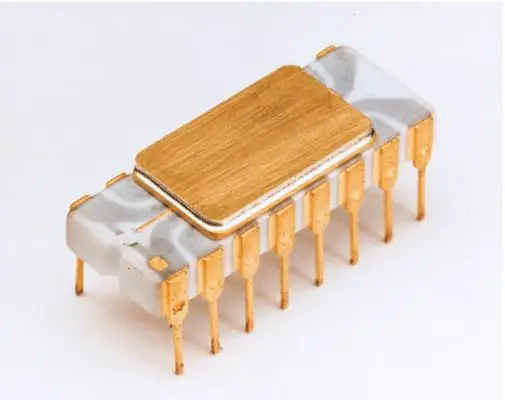
The first personal computer and a microcomputer was “ALTAIR” developed by the company MITS in 1974. Also, the first microprocessor was the Intel 4004, manufactured in 1971, initially for an electronic calculator. Whereas the computers of the first generation filled an entire room, while now the 4th generation ‘microprocessors’ fit in the palm of the hand.
This generation of computers used an operating system based on the graphical user interface (GUI), which means these numbers were very easy to perform mathematical and logical tasks.
The computers started to utilize high-speed memory systems on integrated circuits with a capacity of several megabytes. Computer performance has increased significantly (hundreds of millions of operations per second).
The high-level language like C, C ++, Java, PHP, Python, Visual Basic, was utilized to compose programs in the computers of the fourth generation.
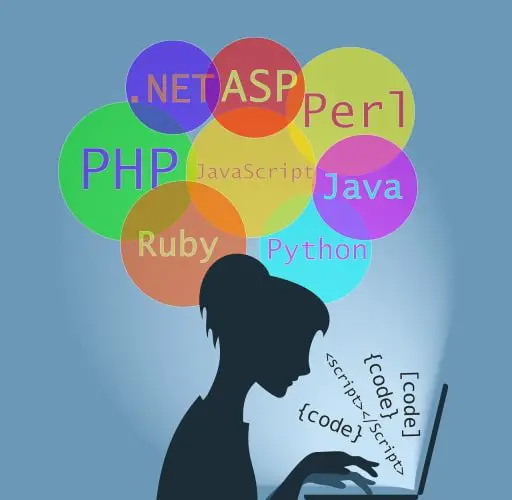
The advent of the first personal computers in the mid-70s gave every common user the same computing resources that enormous computers had during the 60s. These computers were made more modest, faster, and less expensive can undoubtedly be put on a table or desk. Which marked the so-called era of personal computers.
Peripheral devices examples, such as mice, joysticks, handheld devices, etc., were developed during this 4th generation. Computers could be connected together in a network to share information with each other, this has played an important role in the birth and development of LAN, Ethernet, and the Internet.

The most popular companies in the world like Intel and AMD were rising. Then again, companies like Microsoft and Apple introduced their operating systems ‘Windows’ and ‘Macintosh’ in the generation of this computer. Because of which the act of multimedia started.
This is the era where personal computers were born, an idea that actually persists today. Also, these were the generation of DEC’s (Digital Equipment Corporation) minicomputers.
Desktops, Laptops, Workstations, Tablets, Chromebooks, and Smartphones, are examples of the fourth generation of computers.
Good to Know~ Alan Turing is the father of modern computers born in England in 1912.
Artificial intelligence is the name of the fifth as well as the latest generation of computers based on ULSI (Ultra Large Scale Integration) technology is the process of integrating or embedding millions of transistors on a single silicon microchip.
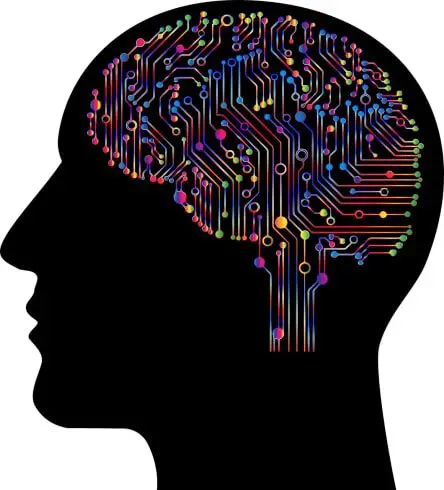
Computing in the 5th computer generation is versatile made portable, powerful, lightweight, innovative, comfortable with low electricity consumption. Because of the Internet’s advantages, it extended its limits of use to limits never before suspected.
The main objective of the latest fifth-generation computing and effort made by computer researchers is to make them smart by incorporating Artificial Intelligence so as to develop devices that respond to the input of natural language and are capable of learning and self-organizing even in 2022 it is under development.
This new information technology has greatly increased the size and working ability of the microprocessor, which has prompted the use of computers in the various fields of Entertainment, Accounting, Educational institutes, Film-making, Traffic-control, Business applications, and Hospitals, Engineering, Researches, Defense, etc.
That’s why a computer of the 5th generation is also known as the AI (Artificial Intelligence) generation of computers.
Some computers are being intended to do all the work themselves as a human act, behave, and communicate. The best example of this is an Artificial Intelligence (AI) based computing machine in the 5th generation of computers “Sophia” a robot.
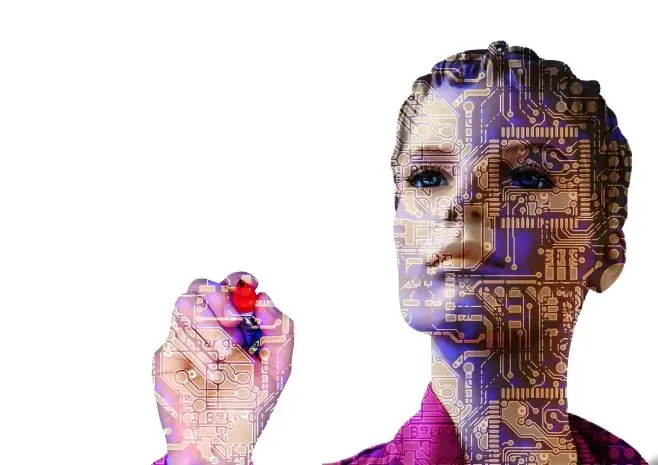
Computers of the fifth generation are being made to think like us. For which continuous advancement of technologies like Artificial Intelligence, Internet of Things, Robotics, etc. Although the examples of AI computing software such as Chatbots, Windows Cortana, Google Assistant, Apple Siri, Speech recognition, that are being used today.
Computer Generation and Features.